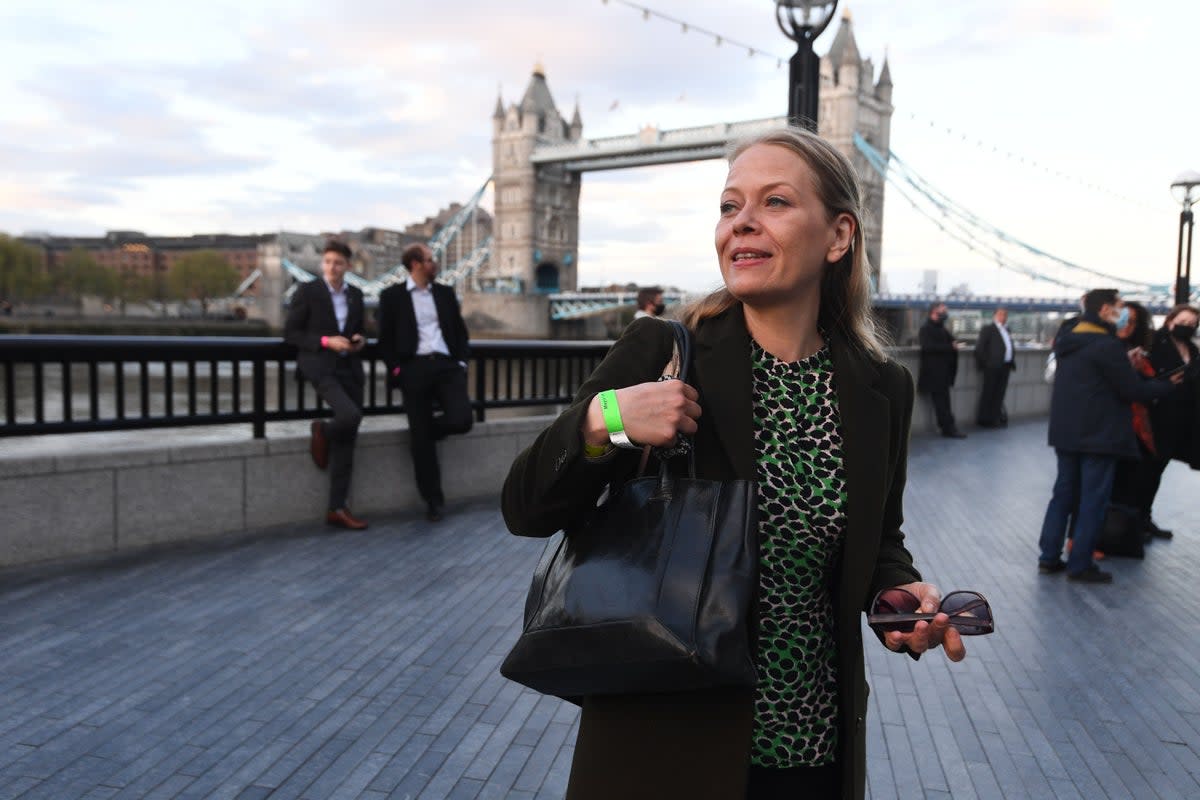Cycle lane funding disparity across London councils 'far cry' from Boris Johnson's 'Mini Holland', campaigner says

Sadiq Khan should force councils to provide more bus lanes and cycling facilities if he wants to remain on target to dramatically reduce car use in London, a leading campaigner warned on Saturday.
Sian Berry said there was a “looming delivery gap” in terms of the number of bus lanes, cycle lanes, safer streets and bike storage facilities being installed by the capital’s boroughs.
The Green member of the London Assembly and former mayoral candidate used freedom of information requests to all 33 boroughs to discover the “winners and losers” in terms of securing funds for transport projects from the mayor and Transport for London.
She said that the £65million awarded by TfL in 2023/24 fell far short of pre-pandemic spending and risked leaving Mr Khan unable to achieve a 27 per cent reduction in car journeys that he has targeted by 2030.
Current levels of spending were a “far cry” from the “Mini Holland” funding for cycling and walking schemes offered when Boris Johnson was mayor, she said. This saw three boroughs – Waltham Forest, Enfield and Kingston – each receive £30million to create a network of cycle routes and pro-pedestrian residential road closures.
Ms Berry found that outer London boroughs received 82 per cent of what they sought from the mayor, while inner London boroughs received 52 per cent.
This was in part because TfL wanted to improve alternatives to the car in the suburbs – but was also a reflection of a “lack of ambition” from outer London boroughs to seek investment.
She said there was a “clear correlation” between boroughs having a lack of commitment to getting people out of their cars and their failure to bid for funds to encourage “active travel” such as walking and cycling or greater use of public transport.
According to her research, Lewisham, Brent, Croydon, Greenwich and Kingston proposed no new funding for cycleways, while there were no new proposals for bus priority from the City of London, Hammersmith and Fulham, Kensington and Chelsea, Croydon, Havering and Merton.
Ms Berry said that Mr Khan had failed to use powers available to him to compel boroughs to follow his transport strategy.
Only in Tower Hamlets, where TfL has withheld funding after its borough mayor Lutfur Rahman ripped out school streets and pledged to remove low traffic neighbourhoods was there any action. The removal of LTNs in Old Bethnal Green Road, Columbia Road and Arnold Circus is on hold pending a judicial review being sought by residents.
Ms Berry said the mayor needed an “early revision” of his transport strategy. “The revised strategy should set out in more detail policies for achieving a step change in action on the ground for local traffic reduction plans, bus priority, cycleways and cycle parking in order to be clear what is needed from boroughs,” she said.
It came as the IPPR think-tank warned that “chronic underfunding” of active travel across England had left many people wary of walking or cycling. Only one in five journeys are walked or cycled, compared with one in four in mainland Europe.
The IPPR said spending on active travel in London - £24 per head per year between 2016 and 2021 - was better than £10 per head in the rest of the country, but still fell far short of what was needed.
Over the same period, £148 per person was spent annually on roads. Only two per cent of the Government’s transport budget was spent on active travel.
Last week TfL announced that £80.4m would be available for borough schemes in 2024/25, with £41m already earmarked for outer London and £25m for inner London.
These include 150 new or upgraded pedestrian crossings, 125 “bus priority” schemes including new bus lanes, including on Superloop routes, and 20mph limits on roads in Barnet, Brent, Harrow, Redbridge, Waltham Forest Enfield and Richmond.


